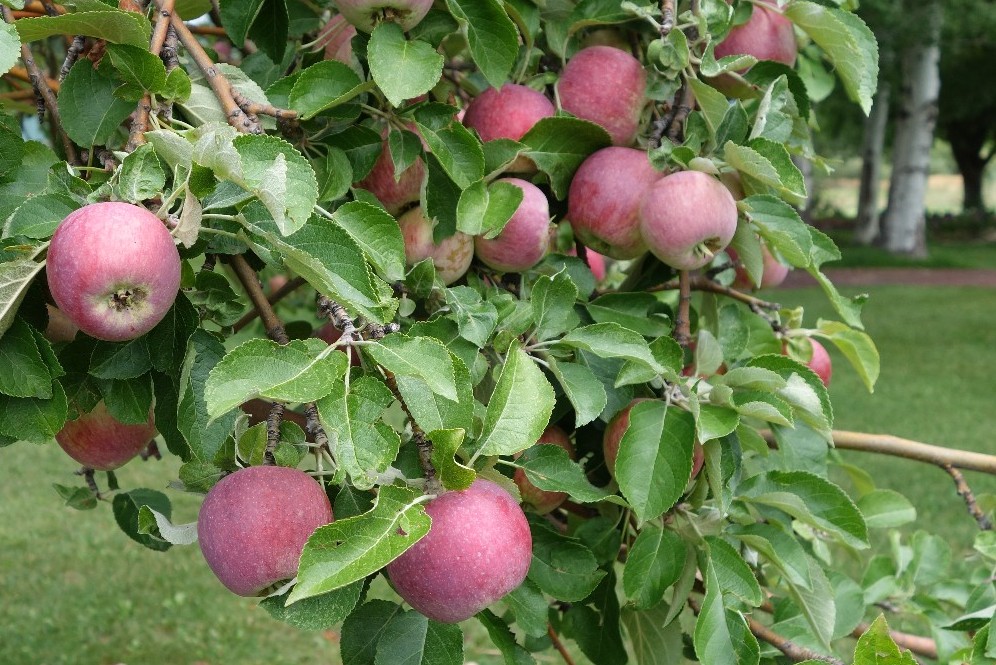After you’ve fertilized your lawn, the next chore for the season is to fertilize your trees. Ideally this should be done before they begin to break dormancy in the spring and as cool as this spring has been, many of them are delayed so now is the perfect time to do this.
It’s important to fertilize your trees because even though it doesn’t appear as if they are growing yet, their roots are already active and in need of nutrients. This first feeding will give them what they need in order to push out the maximum amount of new growth once they break dormancy this spring.
Begin with your fruit and deciduous trees. You can wait about a month to fertilize your evergreens as they won’t begin to grow much until the weather warms up. Select a good granular tree and shrub fertilizer. We like Fertilome’s Tree and Shrub but there are others that work well too. There are also liquid fertilizers available and some people prefer fish emulsion as an organic choice. Personally, I find granular to be the easiest to apply because you don’t have to deal with mixing anything.
Even though I know it’s tempting not to, please read the directions on the fertilizer bag because each one is slightly different. Apply the recommended amount under the tree out to the drip line. You can determine where the drip line is by looking at the tree and determining where, if it was raining, this would be for the rain to drip off of the leaves in the circle around the outside of the tree. It’s important to broadcast granular fertilizer over this entire area because you don’t know where the roots are located underground and you want it to reach all of them in order to get an even fertilization. If you don’t, you may end up with a tree with greener leaves on one side than the other.
Although tree fertilizer spikes are popular, I’m personally not a fan of them for several reasons. First, you have no idea where the roots of that tree are running underneath the surface of the soil. You may pound one of those spikes in and hit a main root resulting in damage to the tree. You may completely miss the roots in which case the fertilizer won’t reach them and you will have wasted your money. Even if you get them evenly spaced before you hammer them in, as they dissolve they provide uneven fertilization at best.
Once you’ve applied your fertilizer, give the tree a good drink to be sure the fertilizer is well watered in. If you have the opportunity to get it down before a rain then Mother Nature will do this work for you, but you want to be sure that the fertilizer is soaked into the ground, not just sitting on the grass.
Ideally, you should fertilize your trees and shrubs three times each season- once now, again in June, and finally in early August. You don’t want to apply anything much past around the tenth of August because the tree will be preparing for winter dormancy after that and by fertilizing you are sending the conflicting signal that it should grow. If you follow this schedule, you can easily put six feet of growth on an aspen and have leaves as large as your hand in one season.
Fertilizer is one of the most critical garden chores and most of the questions and problems we see at the garden center are related to under use of it. When people ask if it’s important, I simply look at them and ask, “How would you look and feel if you were never fed?” Yes, it’s that important!

